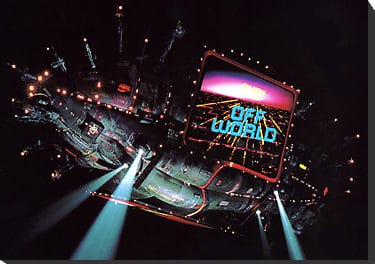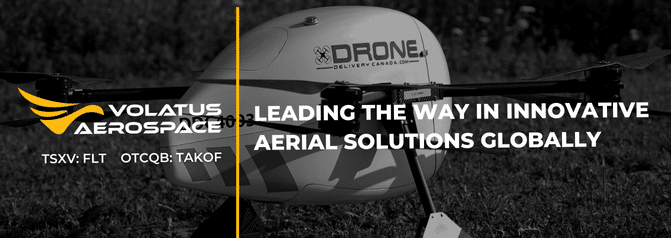iSign Media brings proximity marketing to Canadians


Remember the movie BladeRunner? In the 1982 cult classic, based on a short story by science fiction writer Phillip K Dick, advertising is literally pushed to consumers in the form of giant advertising blimps that periodically cruise over a dreary and claustrophobic Los Angeles of 2019.
The Ridley Scott directed movie, as it turns out, might not have been futuristic enough. Here in 2011, shares of Toronto’s iSign Media Solutions (TSXV:ISD), a company that specializes in “proximity marketing” are on the move this week after a series of announcements around the company’s IMS 3.1 solution. Shares of iSign tripled in a matter of weeks; from $0.195 cents on April 1st to $.60 cents on May 9th, before a pullback this week.
On April 7th, iSign signed a deal with the Pinpoint Media Group, a Quebec based firm that installs 32” and 17” advertising screens in convenience stores such as Mac’s and Couche-Tard. Pinpoint ordered 1400 of iSign’s IMS 3.1 software licenses. The transceivers embedded into iSign’s technology will allow these digital signs to “talk” to consumers within three hundred feet of the signage. The technology, says iSign, uses bluetooth to bypass the consumers carrier and delivers the message without cost. Retailers can deliver video, audio, text messages or a digital coupon to the consumer via their smartphone.
iSign says the deal with PinPoint could be worth up to $3 million in the first year, and a total of $9 million over the full three-year term. The deal is one of several the company has announced recently that demonstrate the flexibility of the way proximity based marketing utilizes smartphones.
A recent deal with RTown Communications, a Whistler based company that broadcasts into more than 27,000 hotel rooms in resort areas such as Mont Tremblant, the Thompson Okanagan, and Tofino, will allow advertisers on RTown’s hotel television network to deliver branded content. Another recent deal with Vancouver-based stock quote provider VantageWire allows smartphone users within proximity of the company’s downtown office to receive free real-time stock quotes.
So is iSign’s technology just another annoyance of the future, a handheld version of the intrusive Bladerunner advertising blimps? Not even close says iSign, who point out that the very architecture of Bluetooth, unlike SMS and email, first requires permission from the end user via a standard opt-in request message.
And experts say iSign’s type of marketing is here to stay. Advertising research firm Borrell Associates says proximity based marketing will grow from $760 million in 2011 to $6 billion by 2015.
________________________________________________________________________________________
_________________________________________________________________________________________
Nick Waddell
Founder of Cantech Letter
Cantech Letter founder and editor Nick Waddell has lived in five Canadian provinces and is proud of his country's often overlooked contributions to the world of science and technology. Waddell takes a regular shift on the Canadian media circuit, making appearances on CTV, CBC and BNN, and contributing to publications such as Canadian Business and Business Insider.

